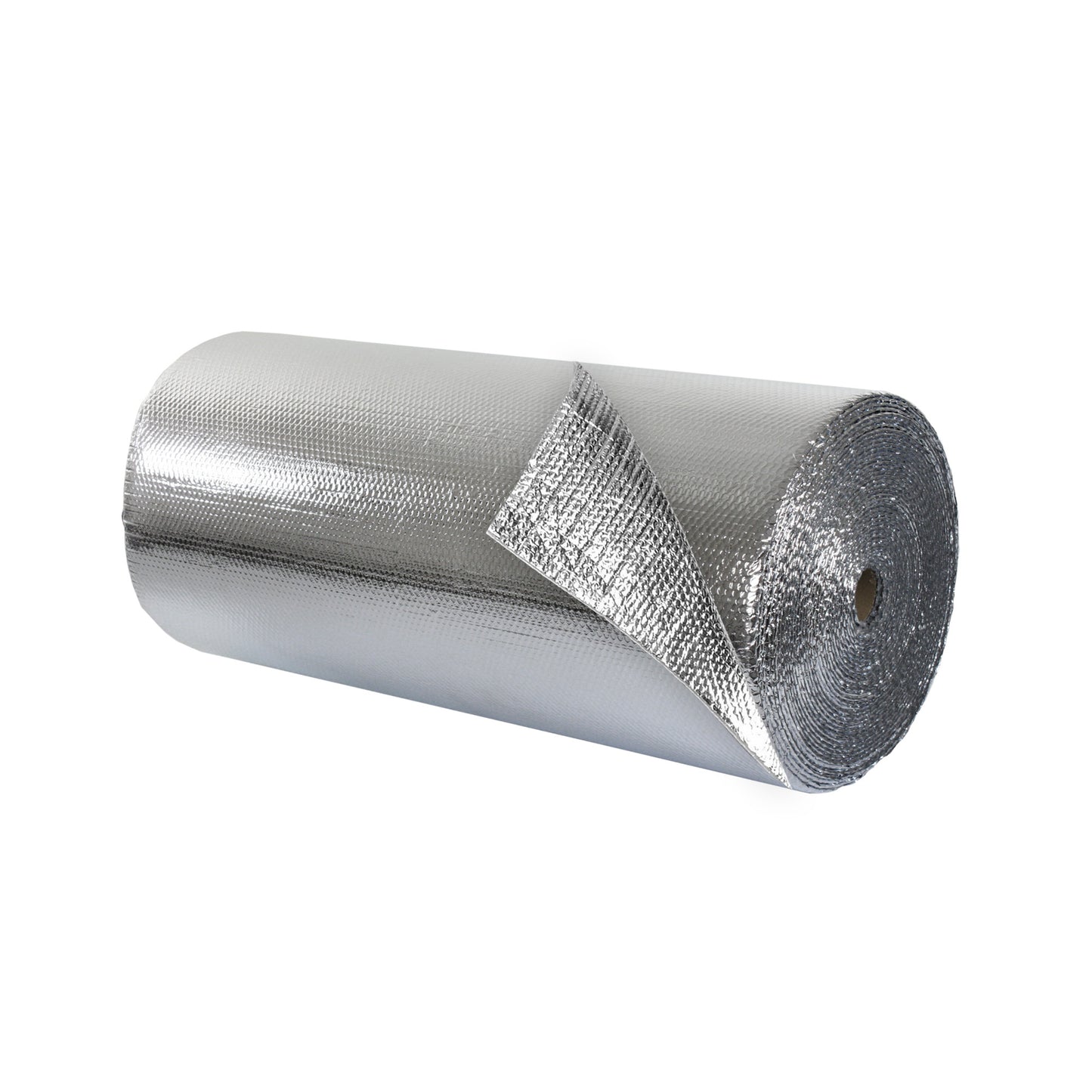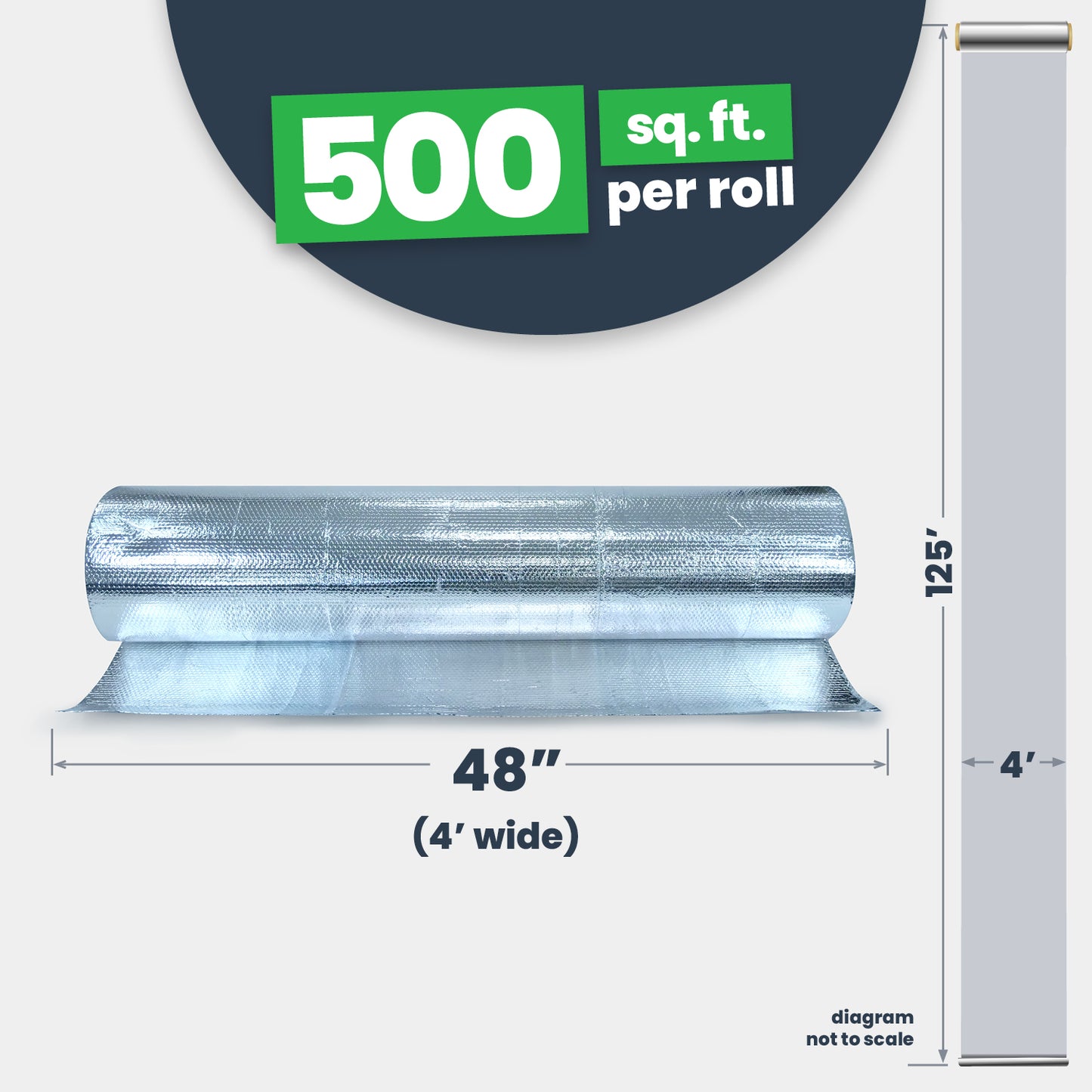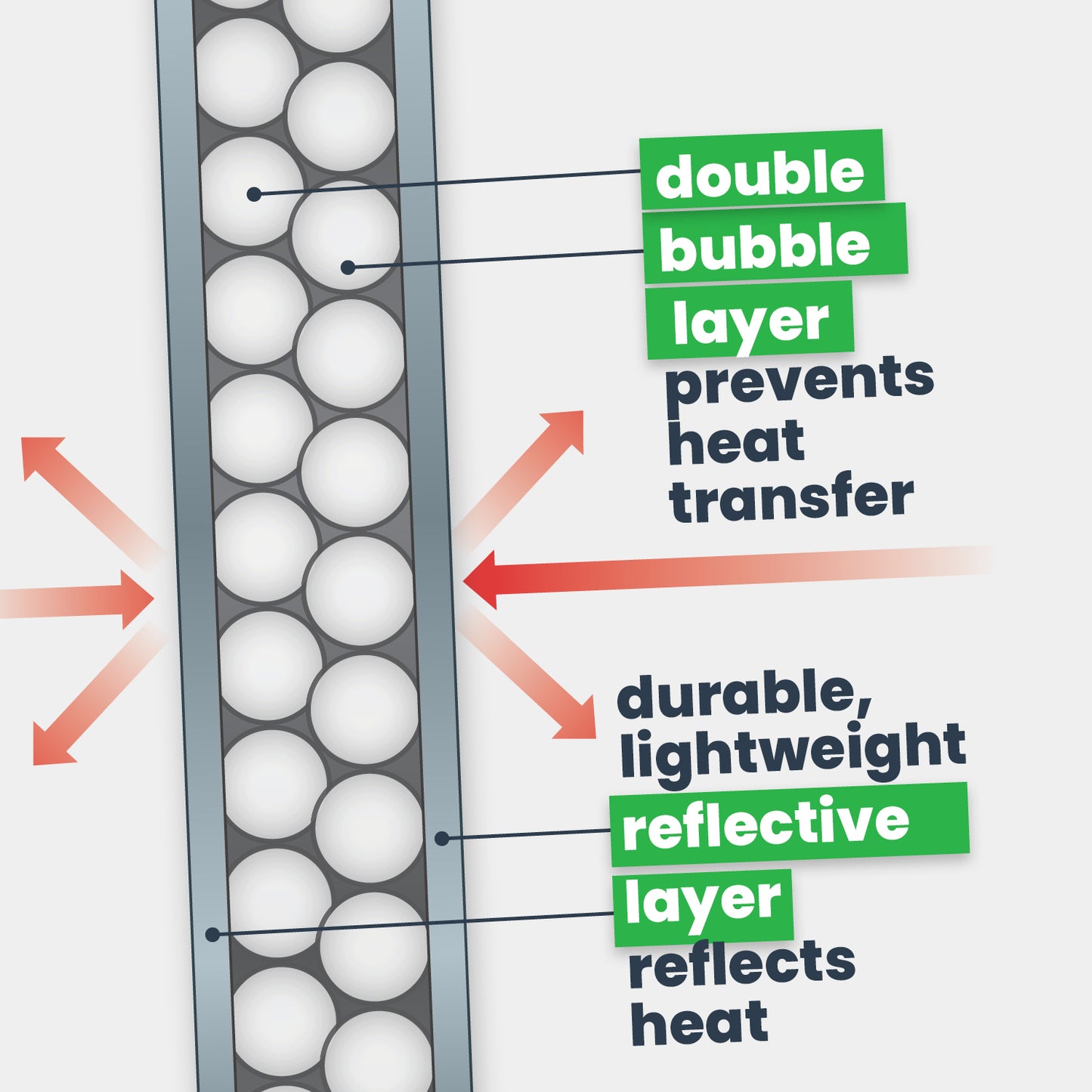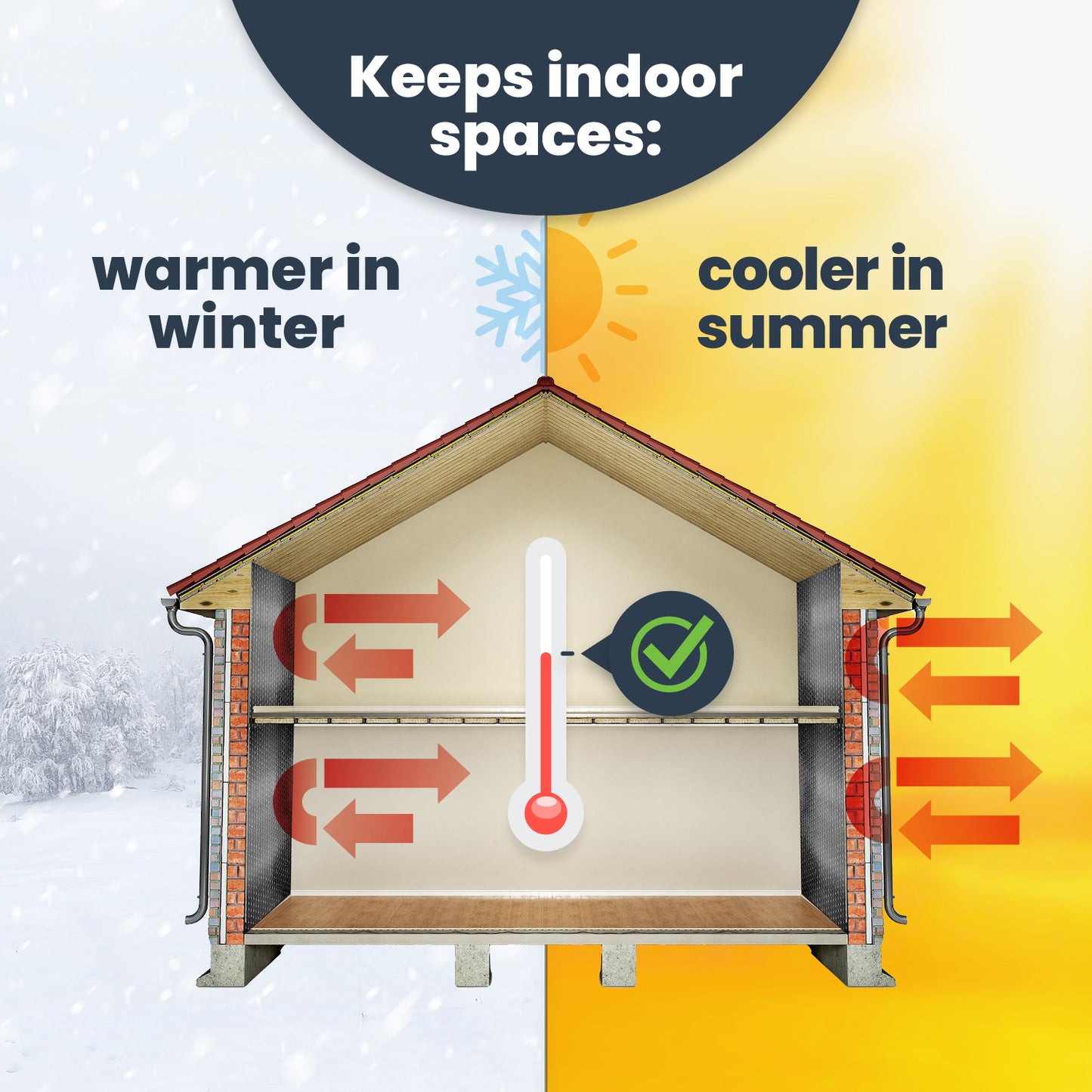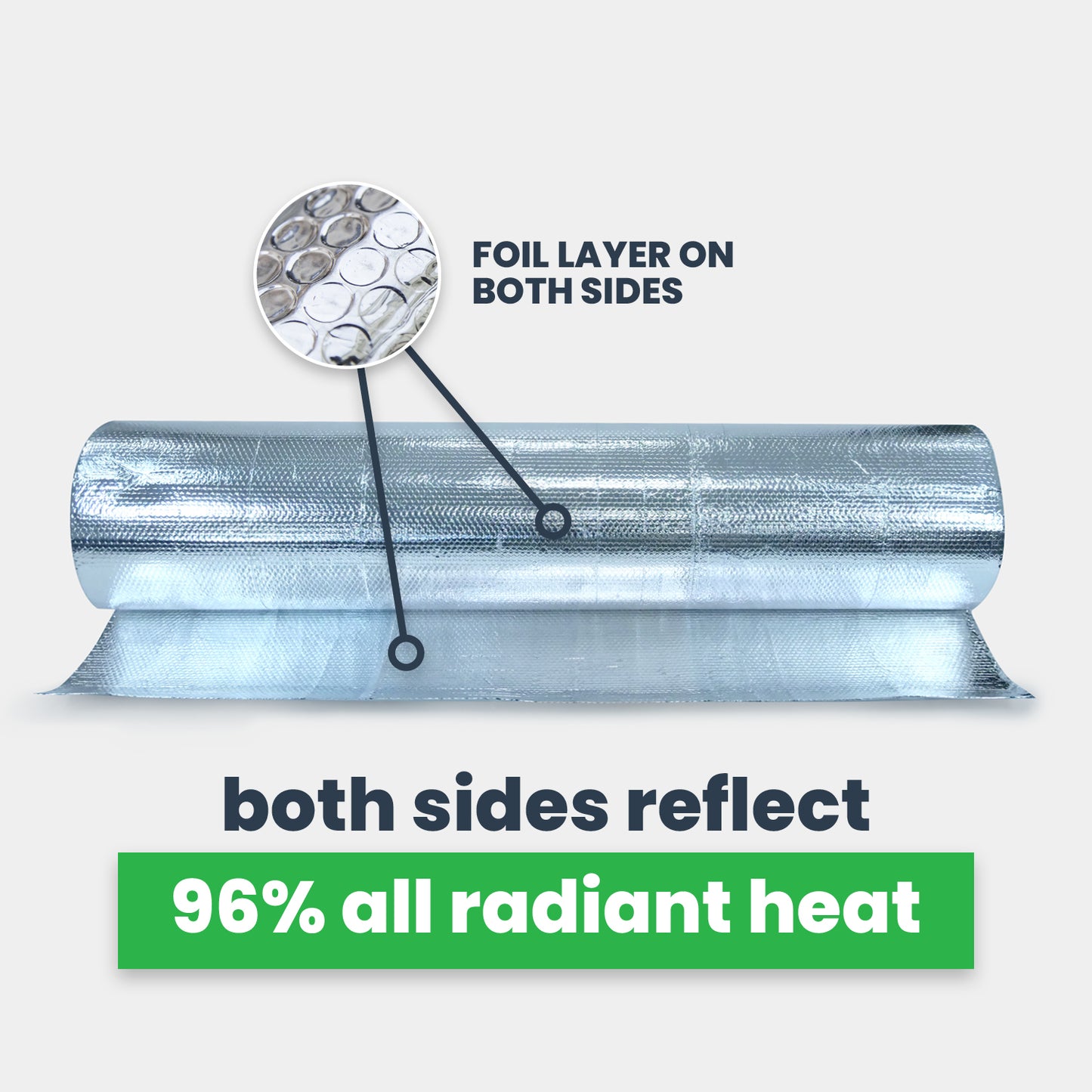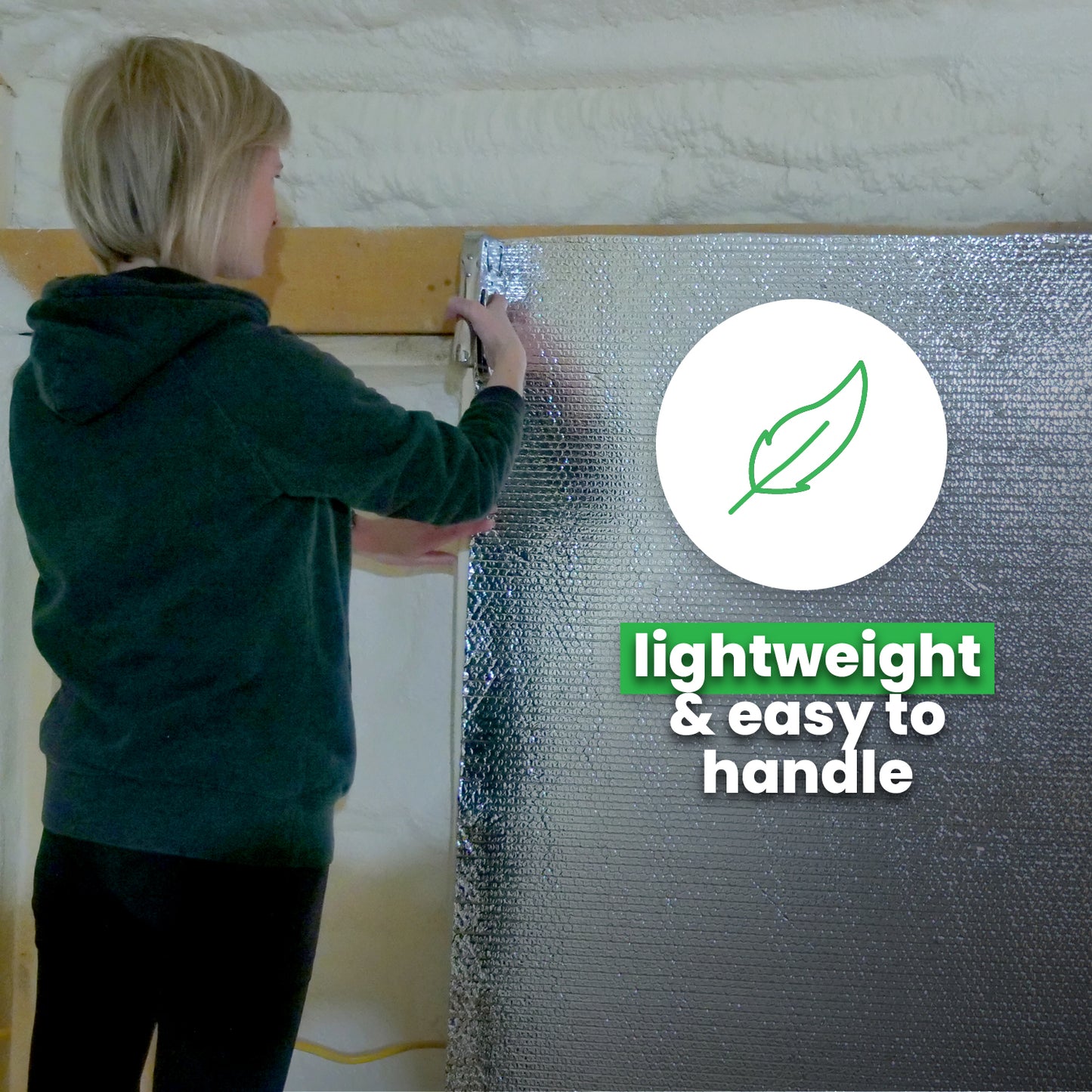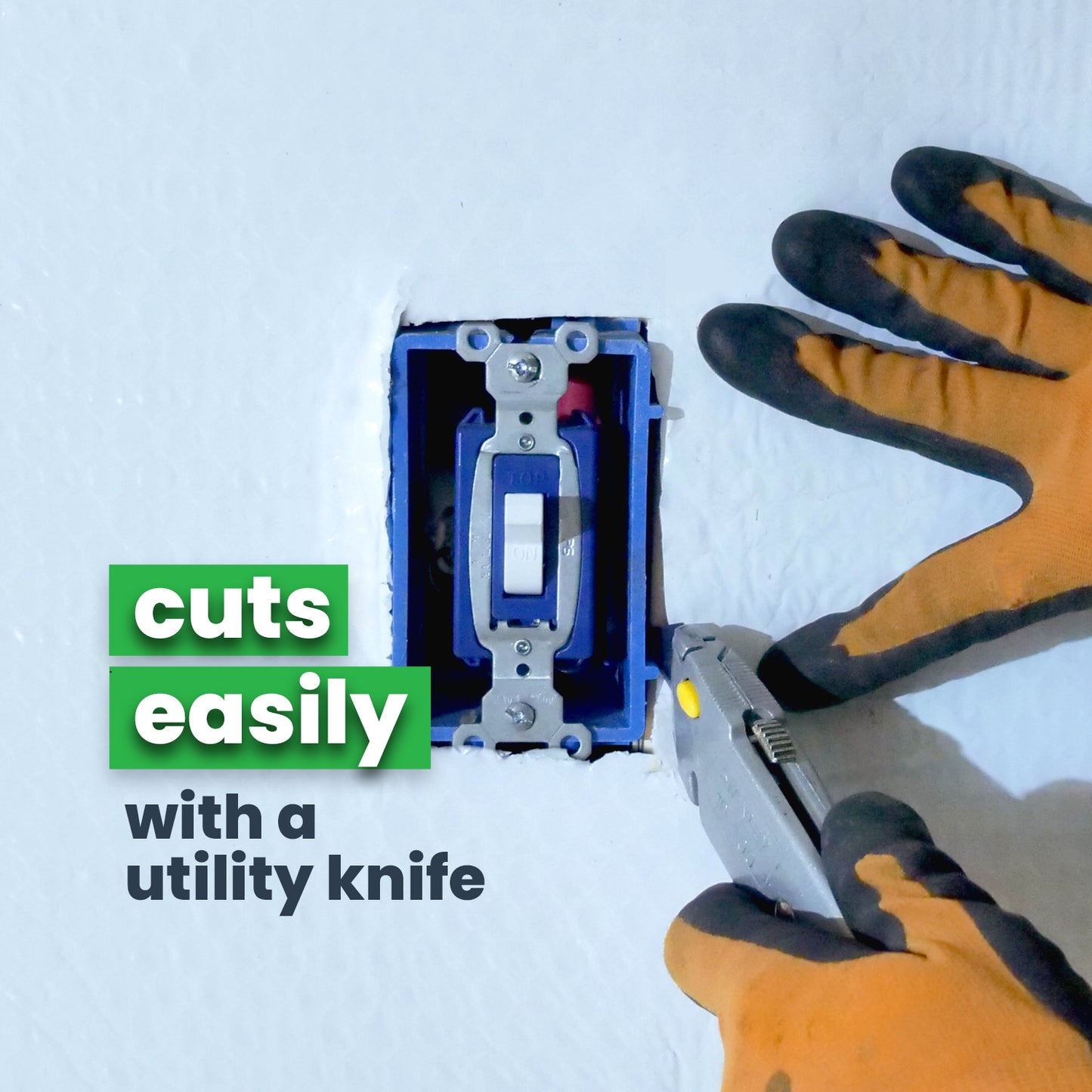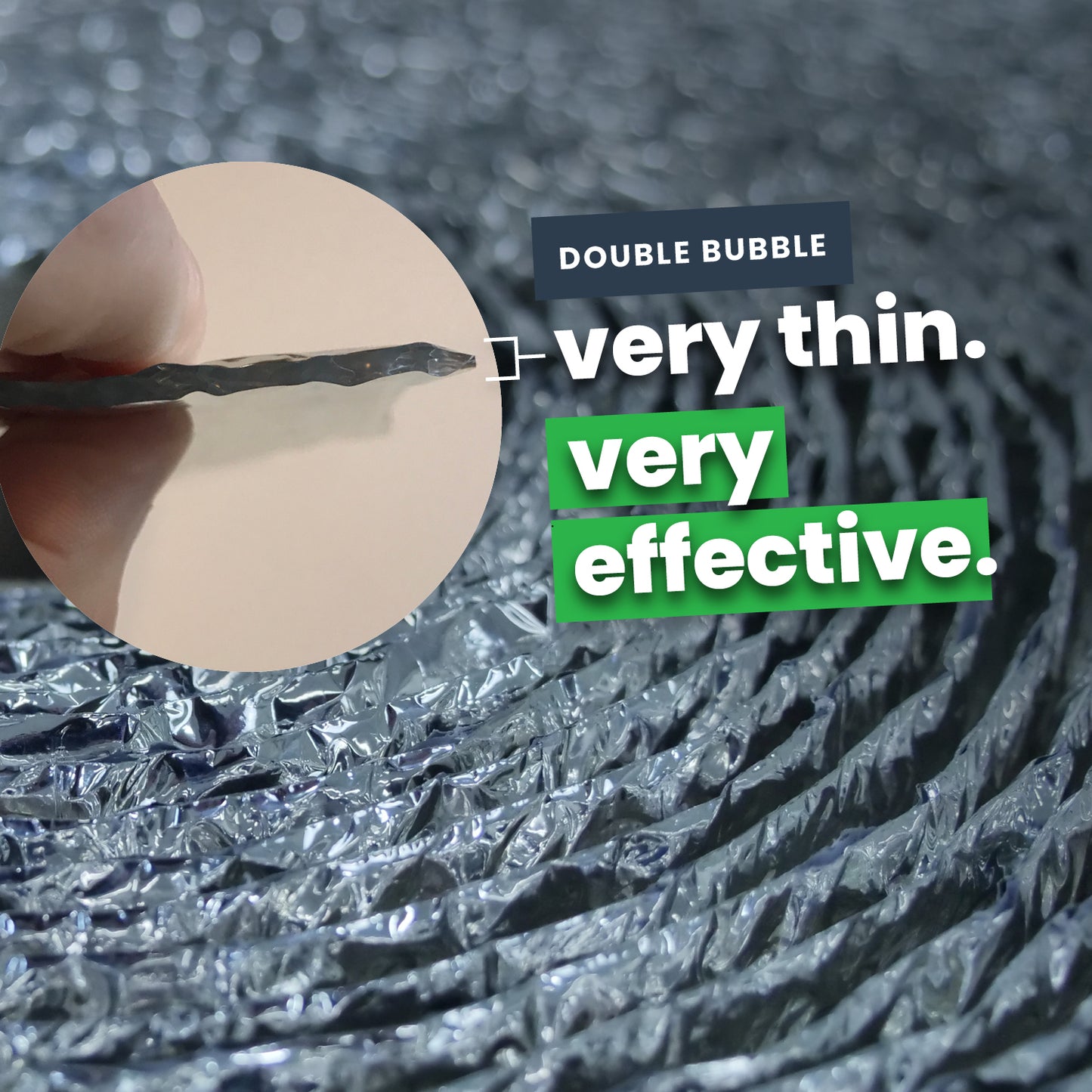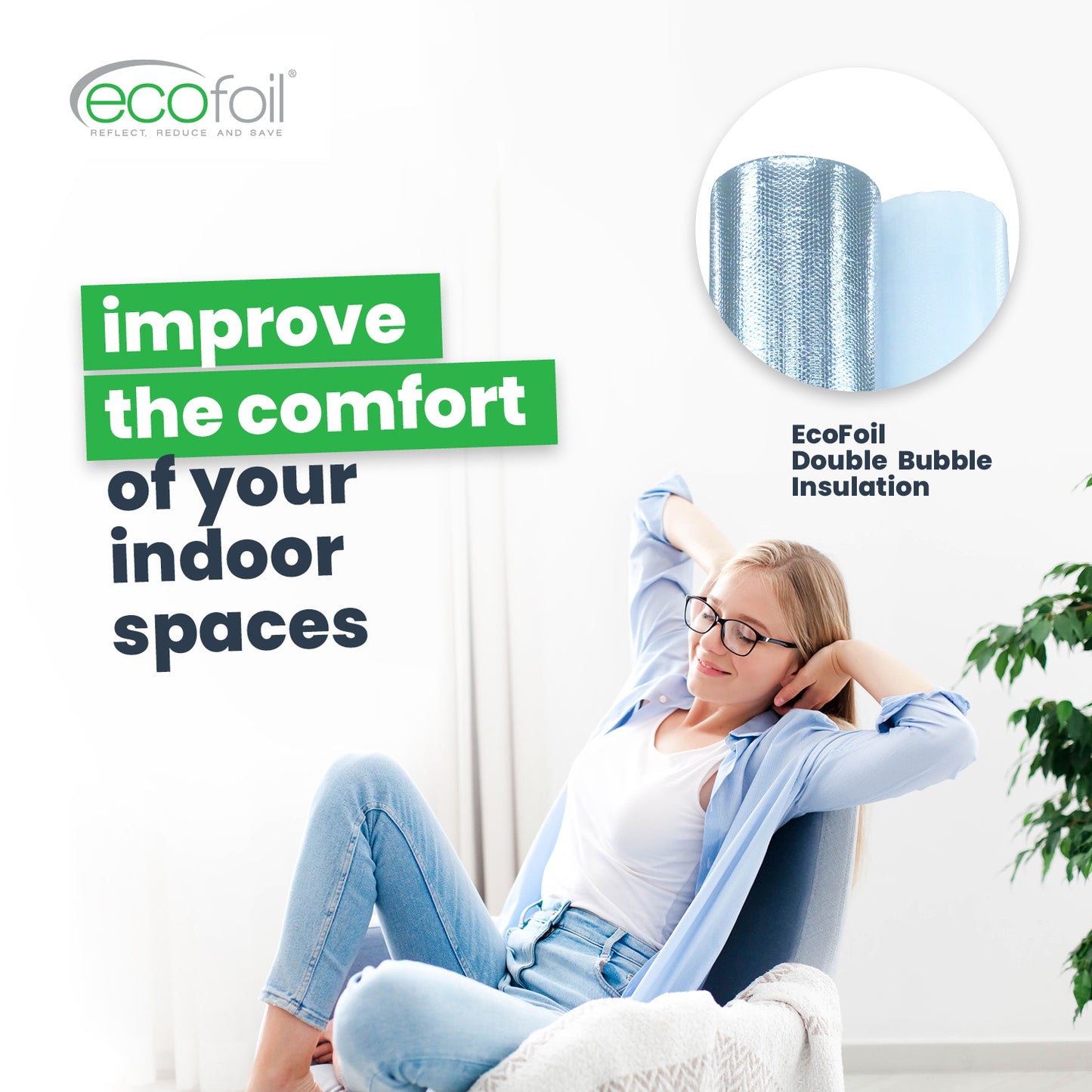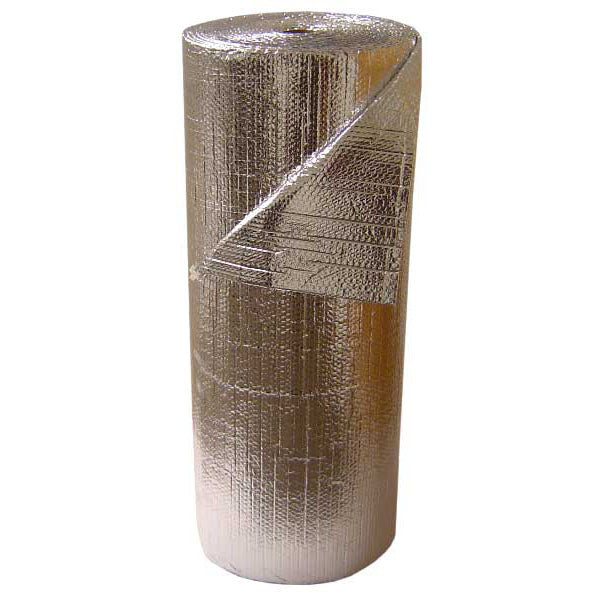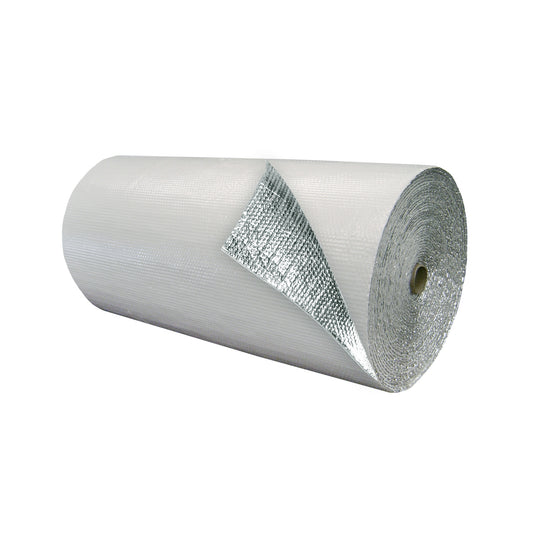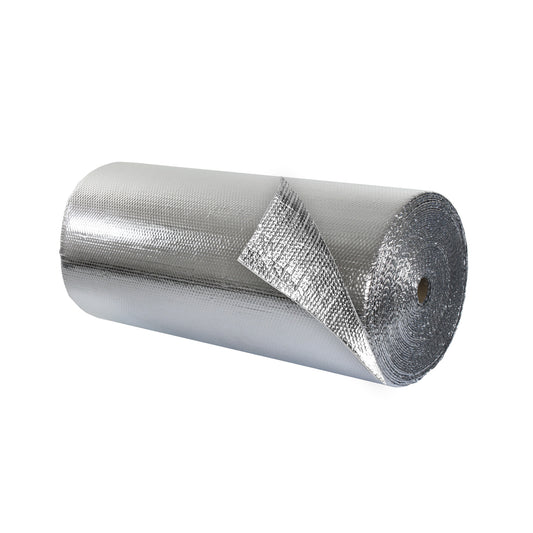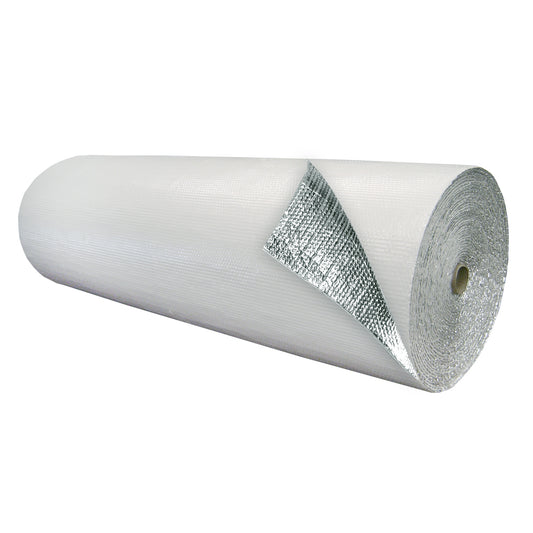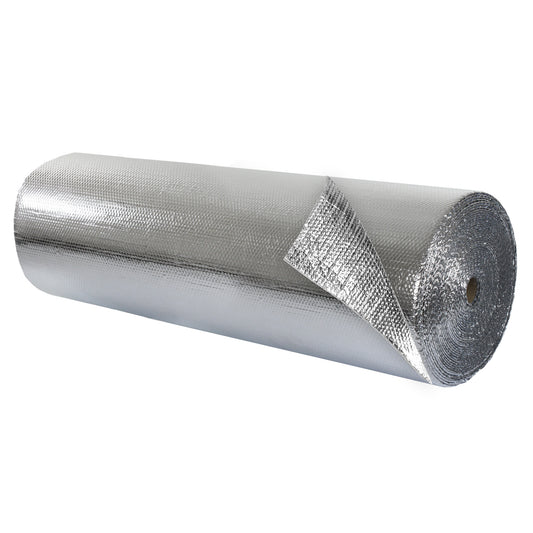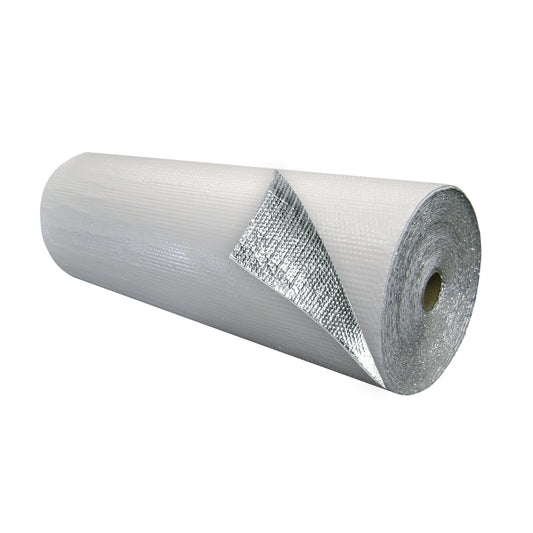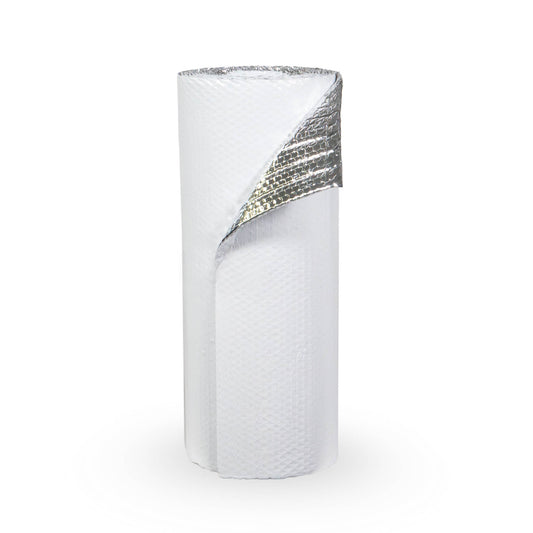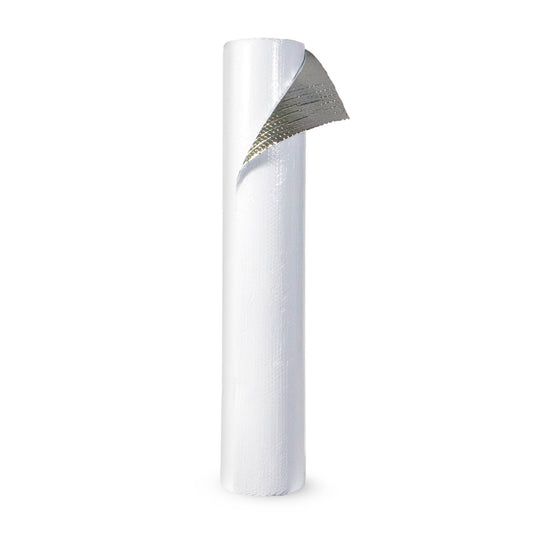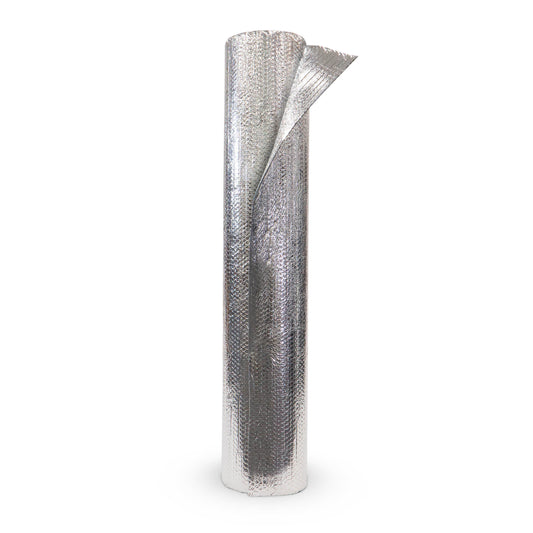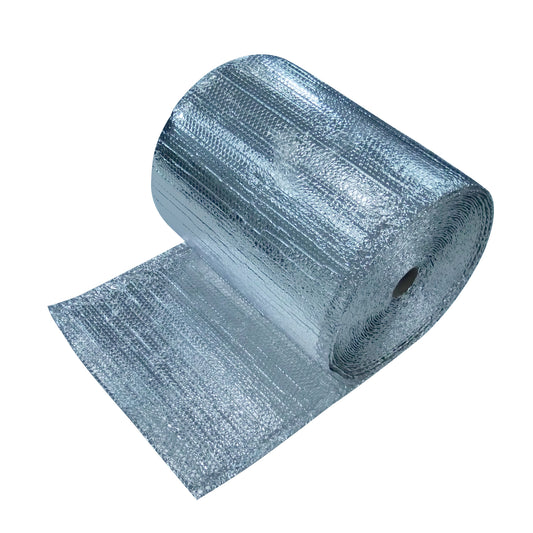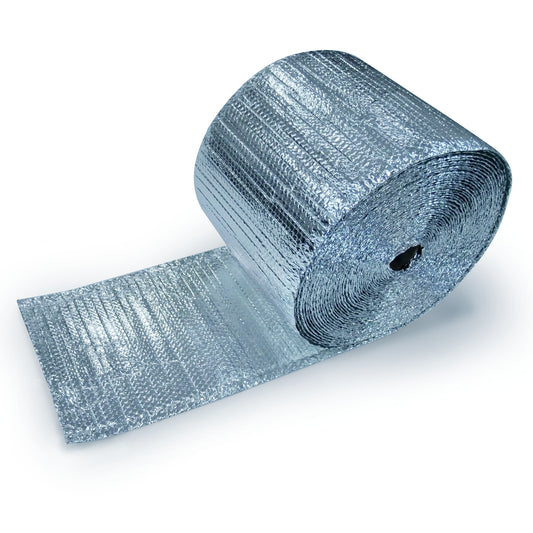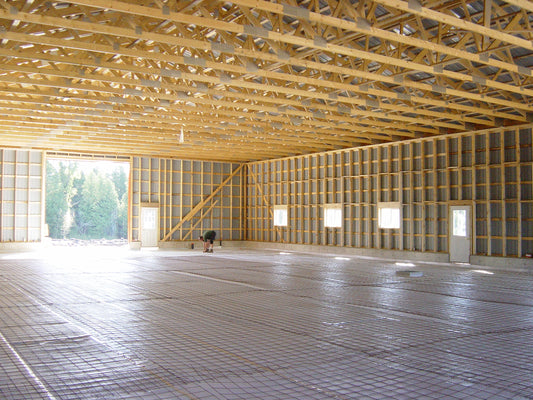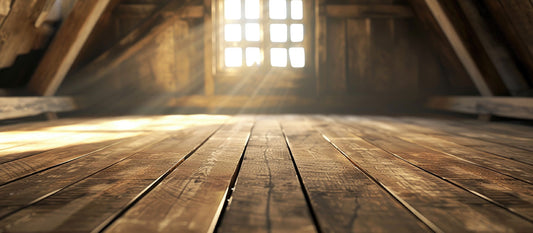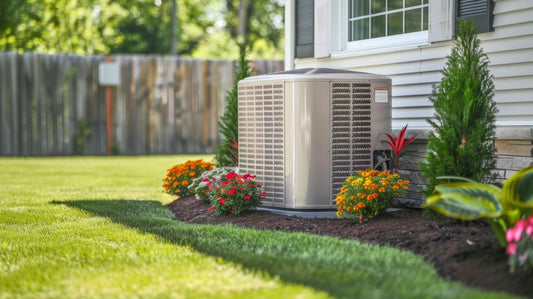When you step inside a metal structure, do you notice a difference in the moisture level compared to other buildings? Maybe you see moisture buildup on the roof, walls, floors, or maybe even water dripping from the ceiling? This phenomenon is called condensation, which is a common problem in metal buildings.
Why condensation forms on metal surfaces and concrete floors
Condensation happens when warm, moist air comes into contact with a cold surface. Since cold air can't hold as much water as warm air, when the two come into contact with a surface like metal, the excess water in the air has nowhere to go, so it begins to accumulate. It almost looks as if the metal is sweating. You see this happen when you pull out a cold can of soda on a hot day. Within a minute or so, your can will look like this:
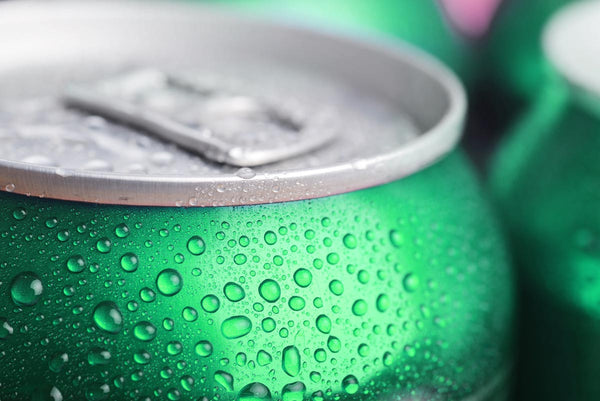
The same effect can happen with metal buildings, particularly when the temperature difference between the inside/outside is extreme. Similar to the can example, in colder seasons warm interior air is trapped inside your building, and the colder exterior side of your metal siding or roof can start to "sweat" which can lead to a variety of problems down the road.
Installing the right type of insulation can help combat these issues. While fiberglass or cellulose insulation may be the first insulation types that come to mind, they're not the best option for metal buildings because they don't effectively block the passage of moisture. To truly combat condensation in your metal building while regulating its temperature, you'll need a vapor barrier in addition to a building insulator.
How to properly insulate a metal building
Since steel conducts heat well, a metal building naturally transfers heat energy in and out very freely. Not only does the heat transfer through, moisture can also leak through tiny air gaps which are often present in metal buildings.
An energy-efficient insulation such as EcoFoil® Double Bubble Insulation not only makes your metal building cooler in the summer and warmer in the winter, when used with insulation tape it also creates a vapor barrier between the metal surfaces and the warm, moist air. This product gives you two benefits in one—it redirects heat inwards, and controls the passage of moisture on either side of the metal, virtually eliminating the threat of condensation on your roof or siding.
Double Bubble Insulation works alone or in conjunction with traditional fiberglass and cellulose insulation to combat the various types of heat transfer (mainly conductive heat and radiant heat.) Traditional methods may slow the passage of conductive heat, but they do virtually nothing to combat radiant heat emitting from the sun or your building's heating unit, which is responsible for most of the heat transfer in many situations. They also don't do much to block the passage of moisture unless it is paired with a vapor barrier—which is typically purchased separately, adding to the cost and complexity of the install.
When properly installed, Double Bubble Insulation provides a vapor barrier and also redirects 96% of radiant heat, dramatically reducing costs associated with temperature control in a variety of climates. It’s also safe, virtually indestructible, safe, and easy to install.
Causes of humidity in metal buildings
Besides condensation, humidity can also be a problem in metal buildings. High levels of humidity can result from various causes, like:
- Inefficient heating or cooling systems
- The passage of air and moisture in and out of the building through the roof, walls, cement floor, or foundation
- Activities performed within the building
- The use of gas heaters inside
Condensation and humidity can have many negative effects in metal buildings. Over time, metal walls and hardware can rust, oxidize, and weaken, causing structural problems. The excess moisture can also compromise the effectiveness of the building’s insulation. In addition, condensation can promote the growth of mold and mildew, which can lead to a musty smell and potentially unhealthy breathing air.
More ways to prevent excess humidity and condensation in your metal building
There are many ways to minimize indoor humidity and prevent condensation in a metal building:
- Install fans and/or ceiling vents
- Use a dehumidifier
- Install the right type of insulation
- Use under slab insulation to prevent condensation on your floors
- Install a vapor barrier
If you have any questions at all about your metal building insulation, whether it's a new build or existing structure, we'd be happy to help.
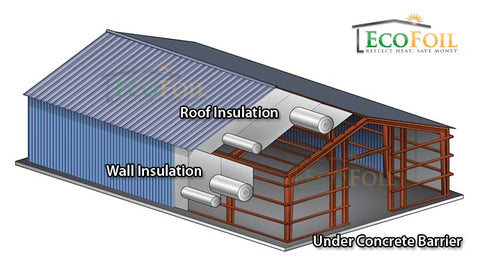
More Articles You May Like:
Does Reflective Insulation Have R-Value?
How to Insulate a Concrete Slab for Radiant Floor Heating
Installing Radiant Barrier Under a Metal Roof (3 Easy Steps)
LEED & Green Building: What Do They Mean?
See how one customer saves by installing reflective insulation
You can reach our technical experts during normal business hours by emailing us or by calling us toll free at 1-888-349-3645.



